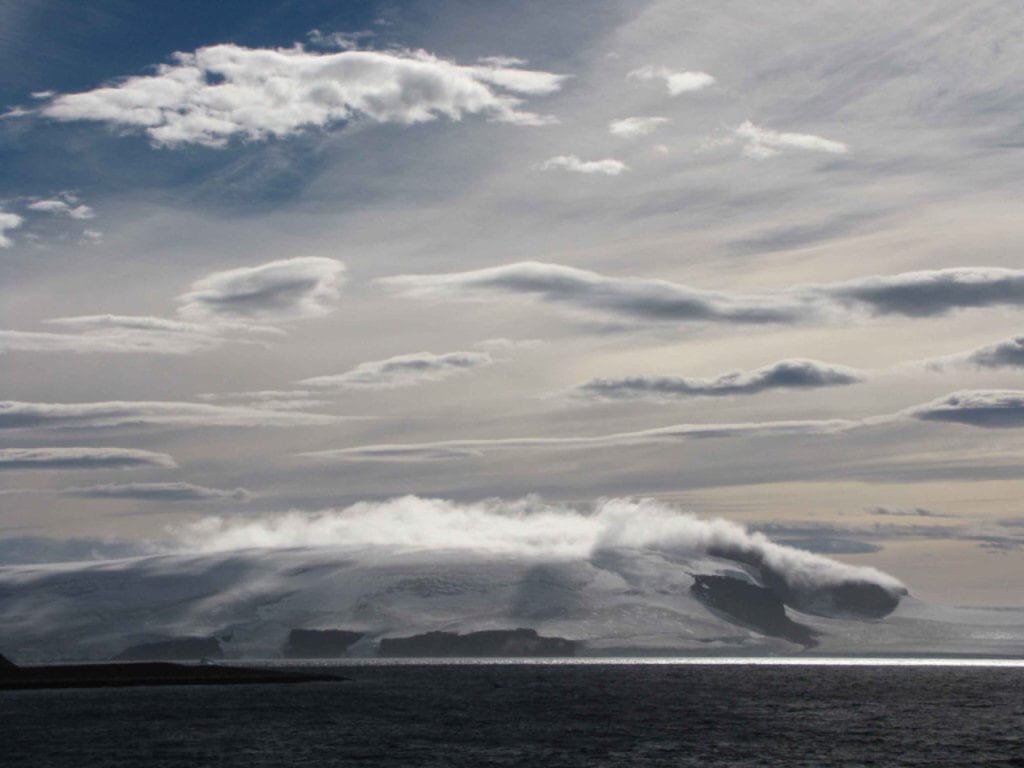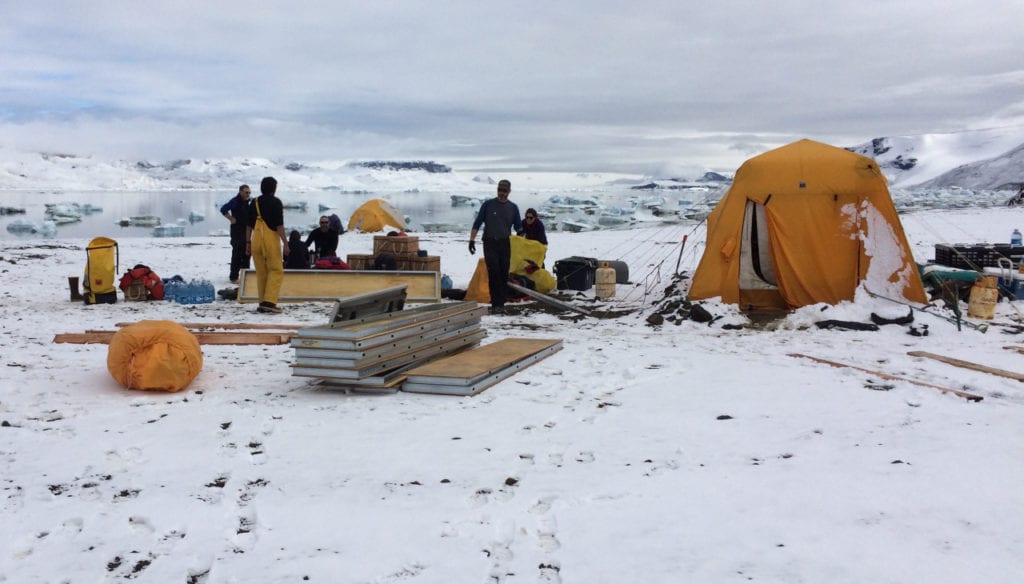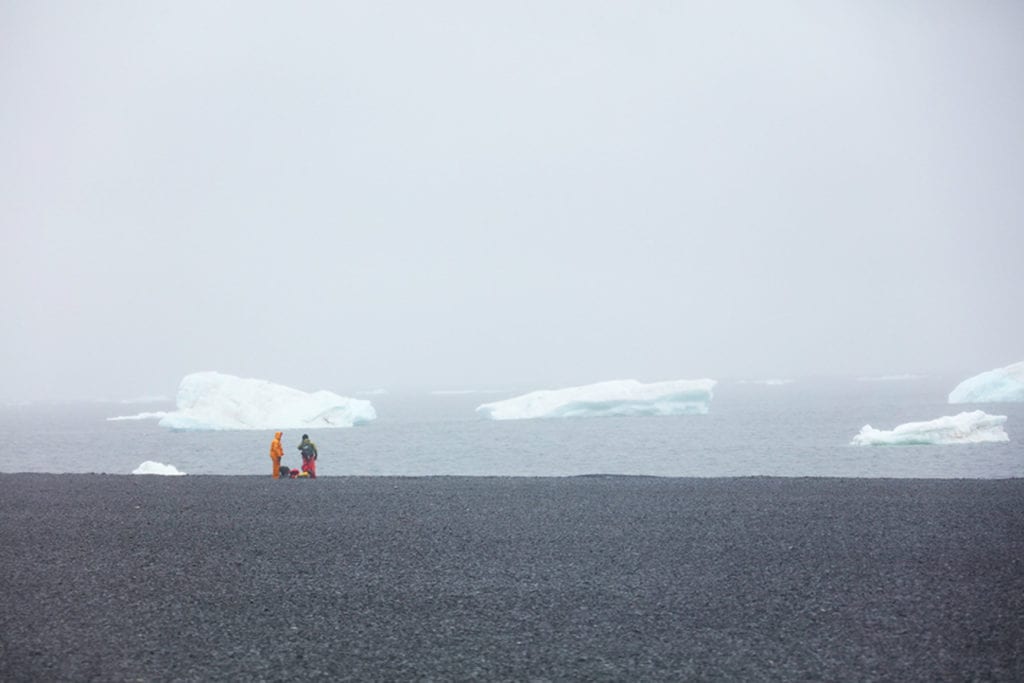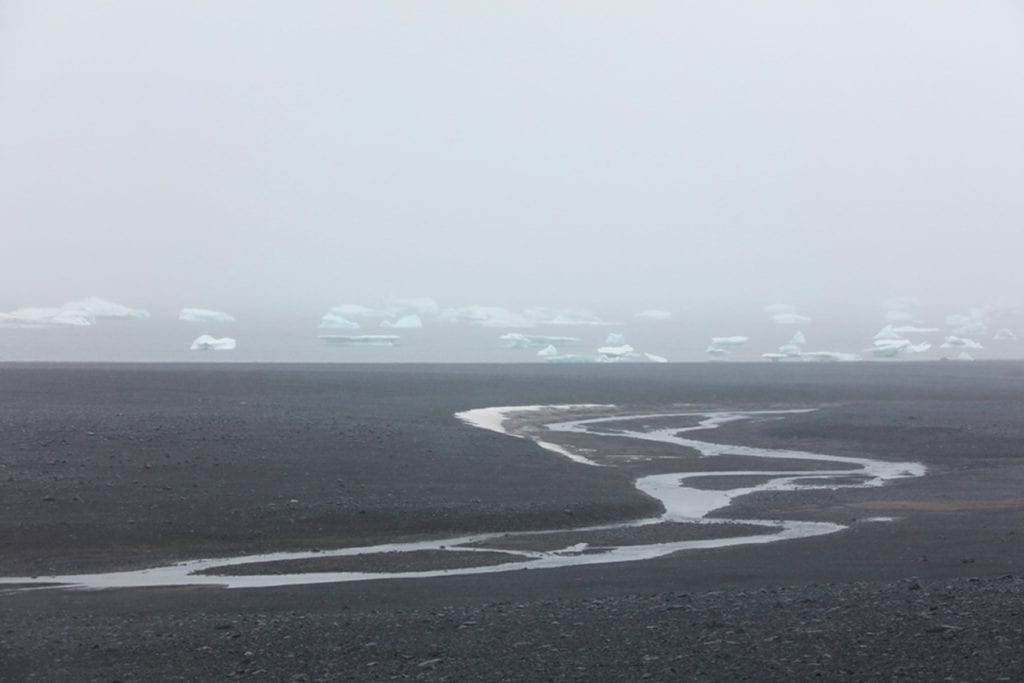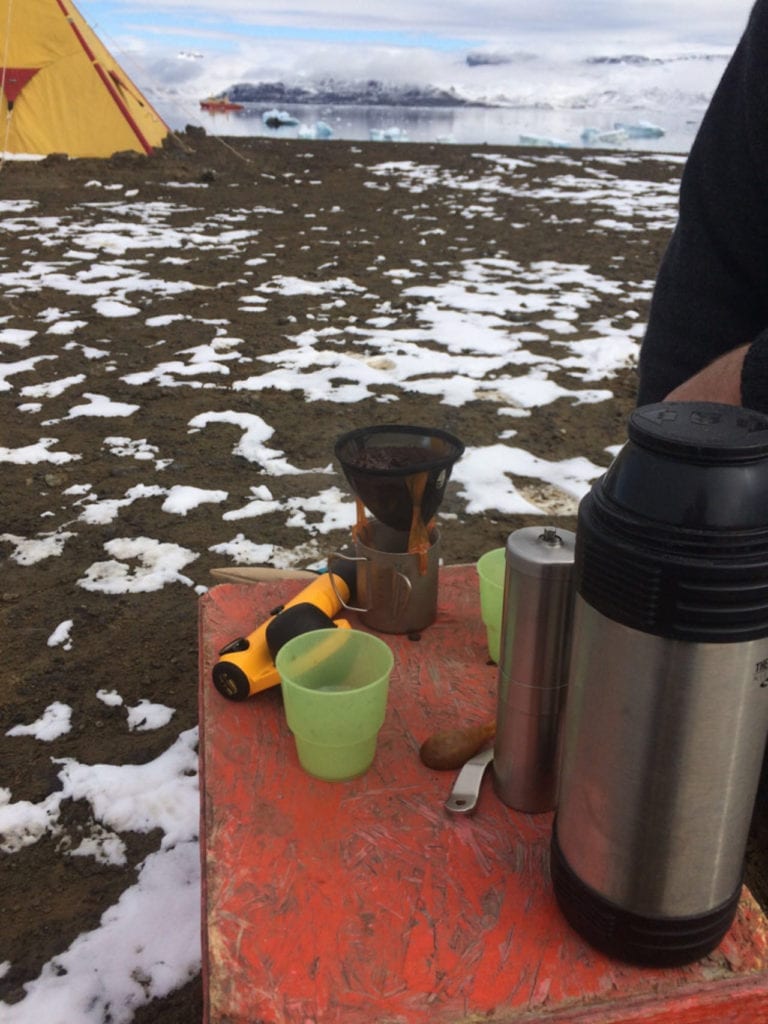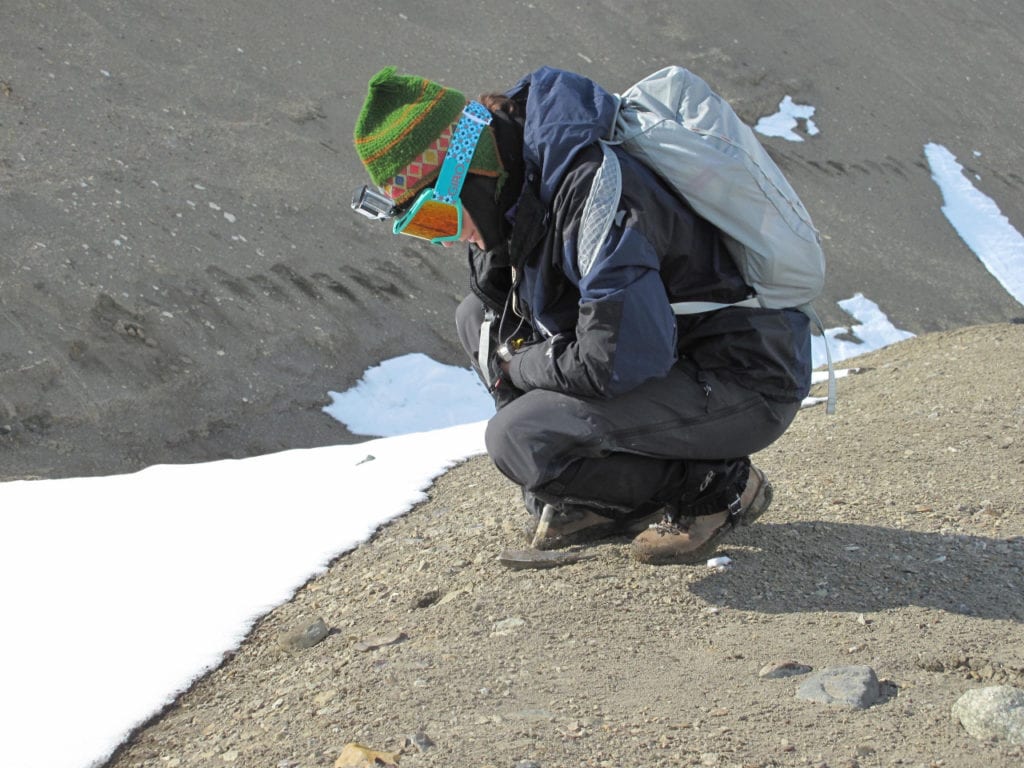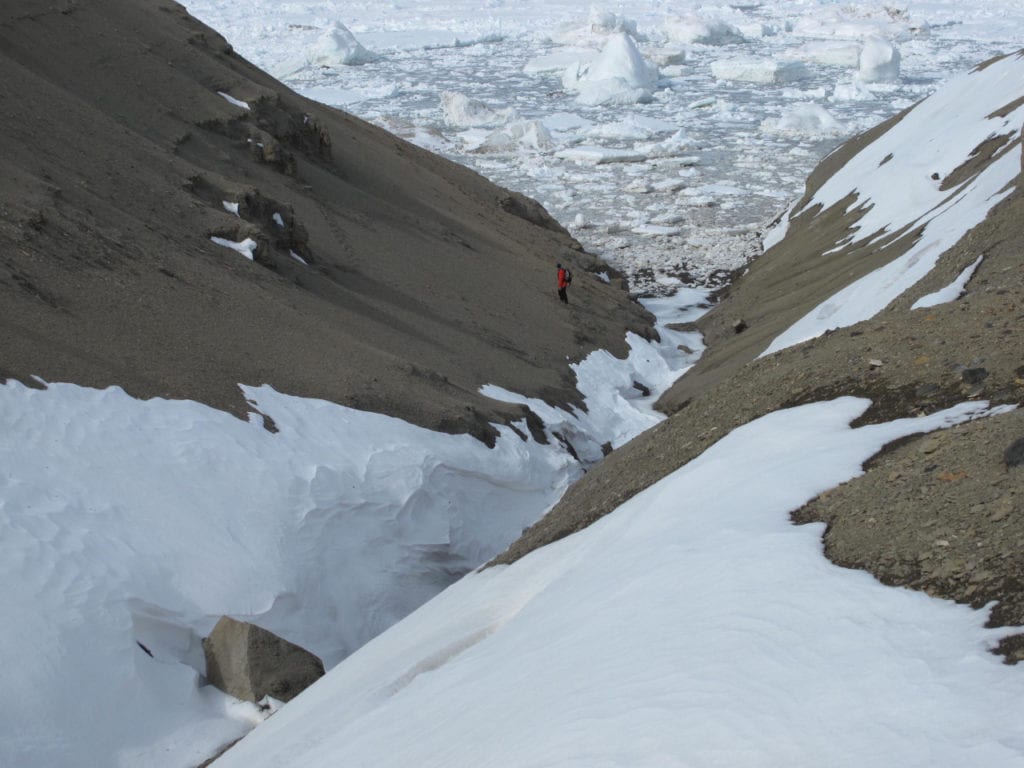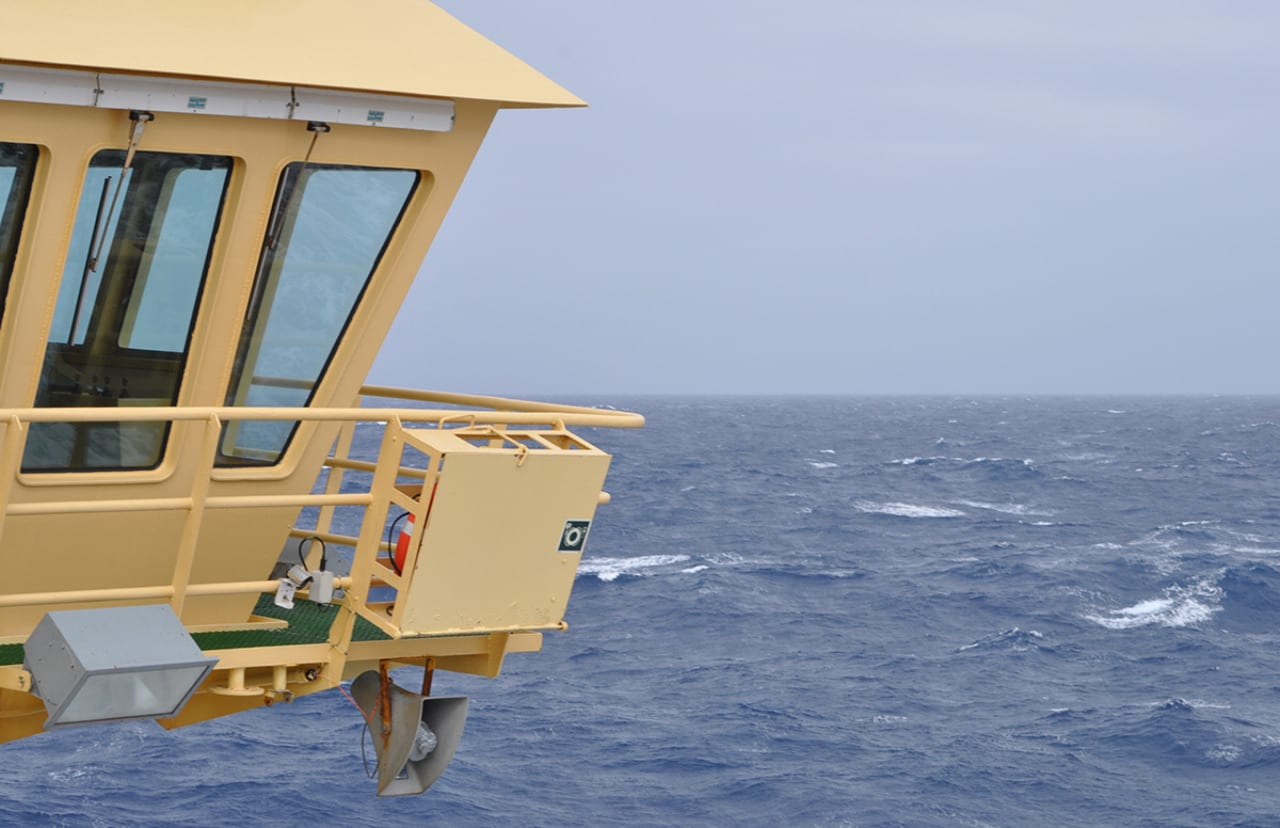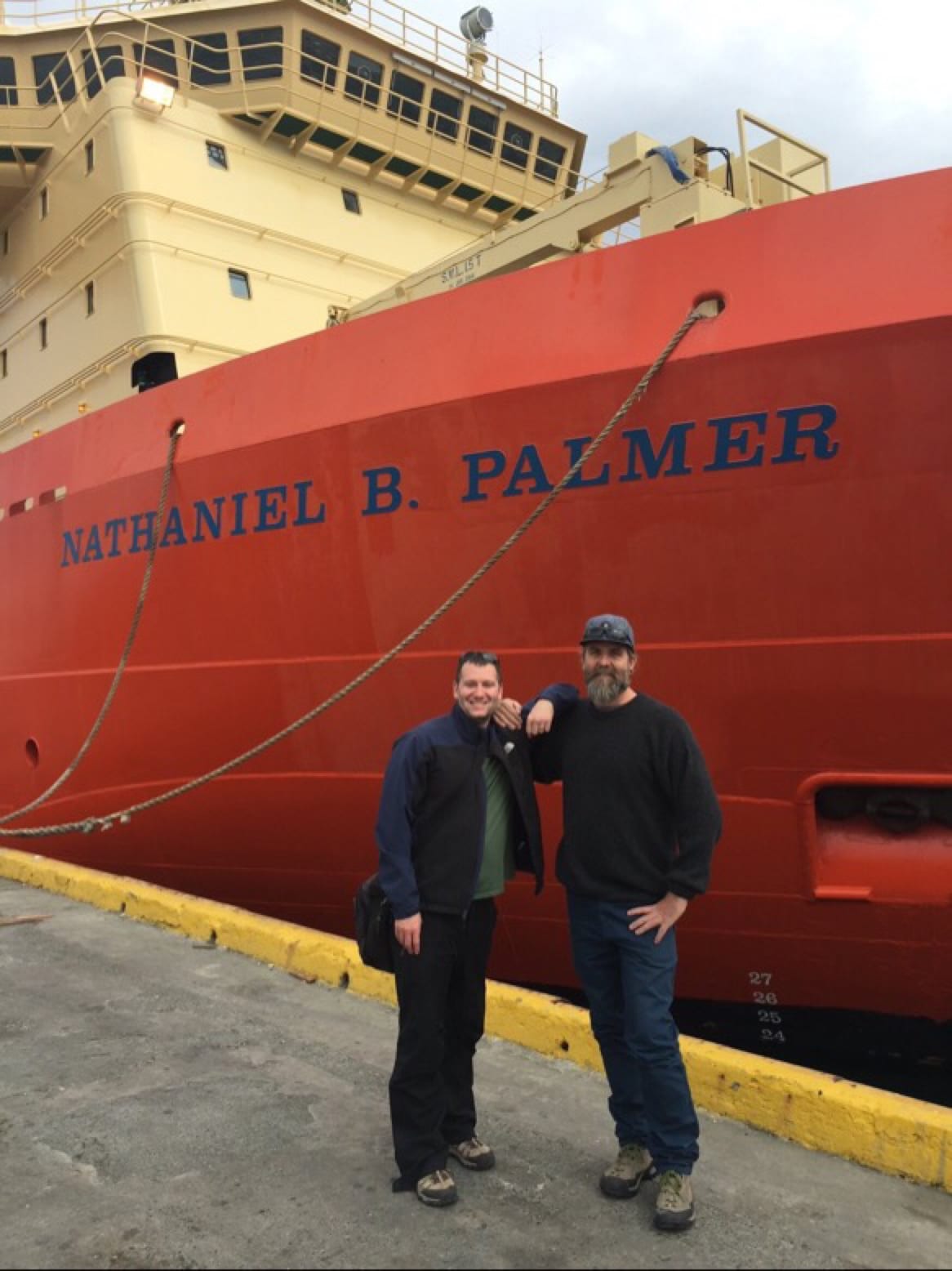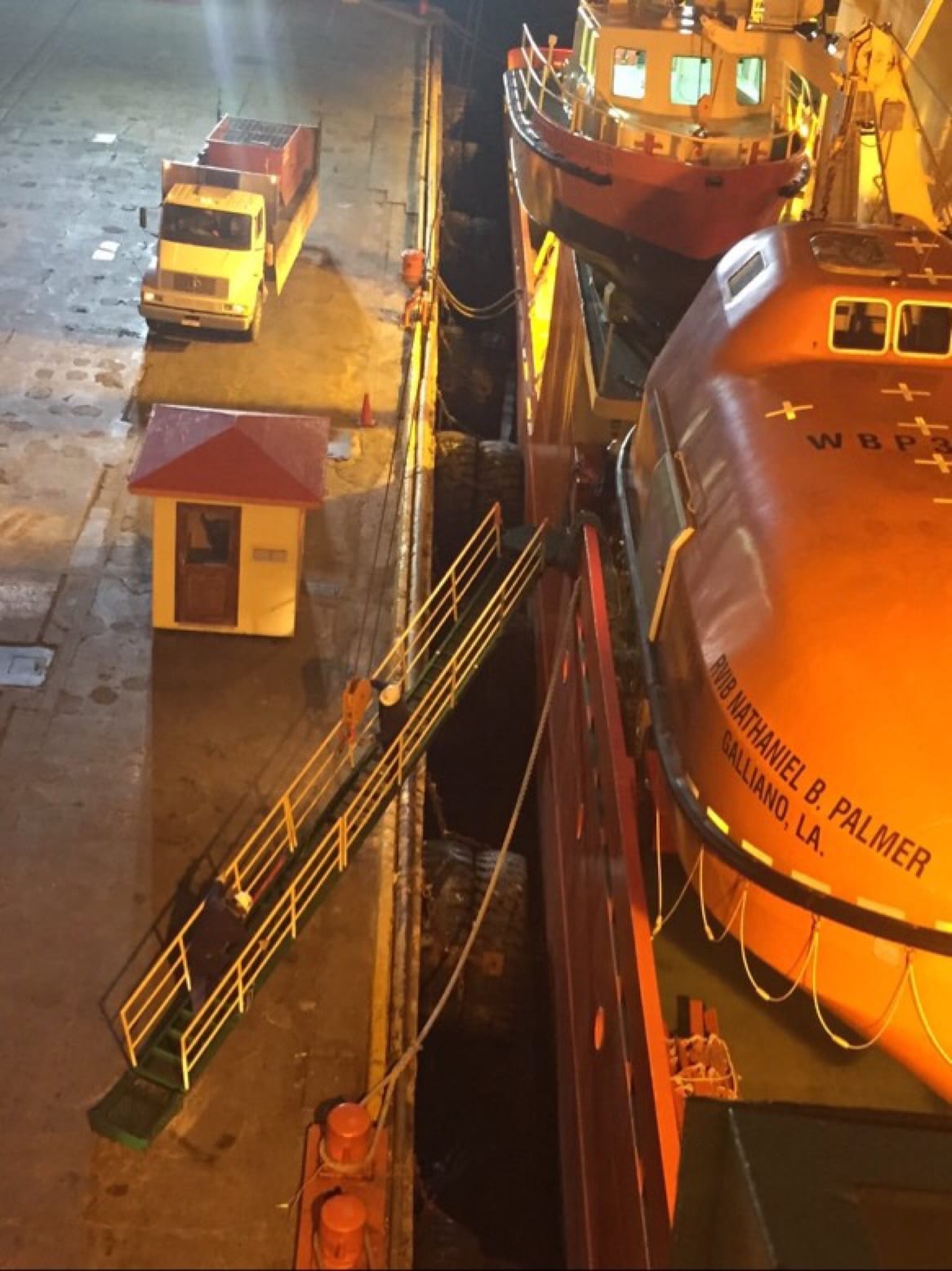
Q: Will you be digging under deep layers of ice?
A: We will not be digging through ice for our expedition. Our expedition is timed for the end of the Austral summer, when most rock along the northernmost tip of the peninsula is readily available. There will be glaciers where we will be working but they will not be covering all of the islands where we will be working. Unfortunately, the possibility of a snow storm can still limit the amount of exposed rock with fossils.
Matt Lamanna, is a paleontologist and the principal dinosaur researcher at Carnegie Museum of Natural History in Pittsburgh. Matt and his team of researchers blog frequently from the field at antarticdinos.org.
